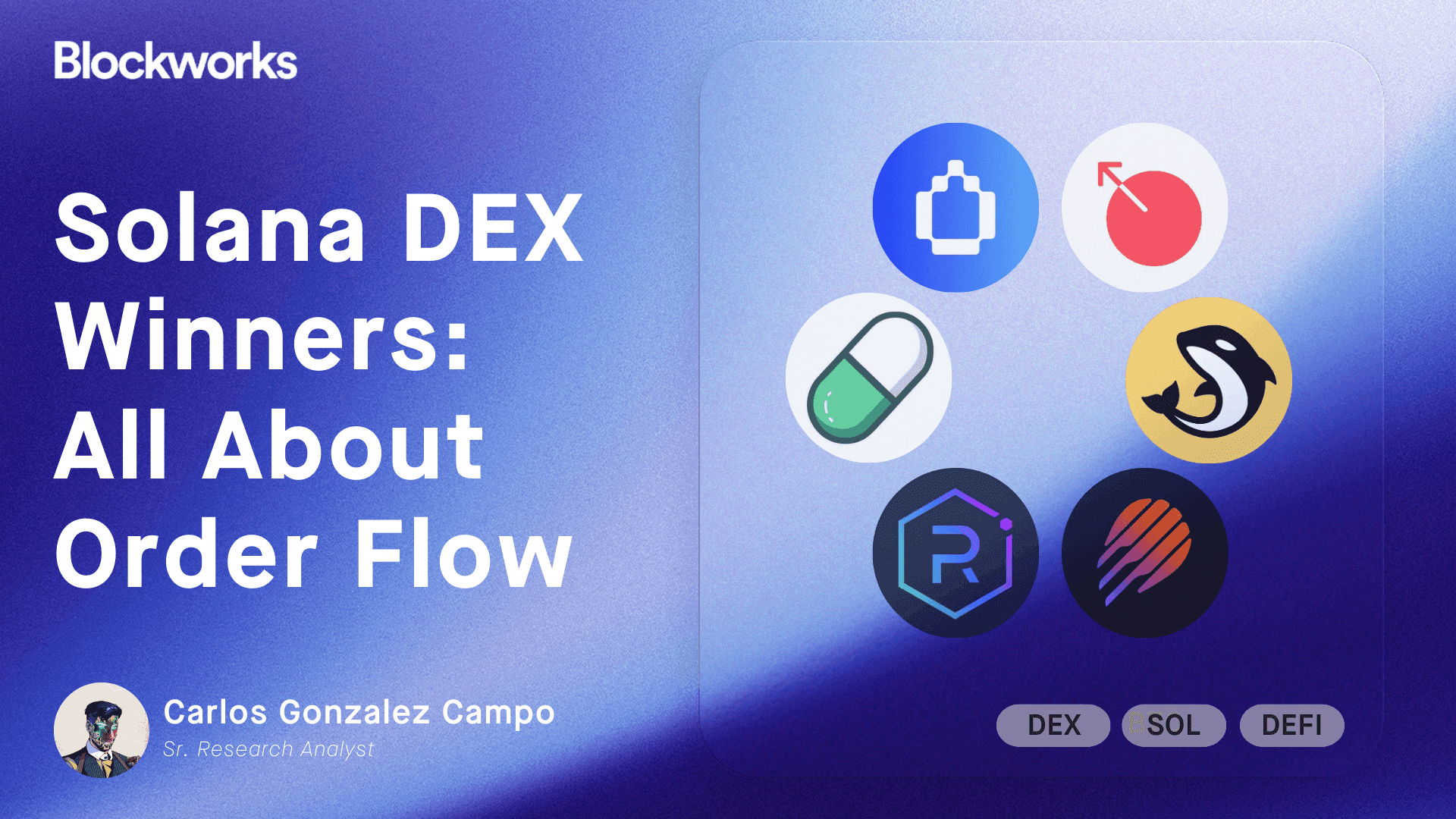The inventor of blockchain would like a better Bitcoin
Scott Stornetta expressed admiration for Bitcoin’s achievements and criticism of its perceived limitations

Ivan Popovych/Shutterstock and Adobe modified by Blockworks
This is a segment from the Supply Shock newsletter. To read full editions, subscribe.
A physicist and researcher cited three times in Satoshi Nakamoto’s seminal white paper for his work on digital timestamping is speaking out on the subject of Bitcoin.
Scott Stornetta, better known as W. Scott Stornetta, sat down with Blockworks for an episode of the Supply Shock podcast this week, where he discussed his work inventing blockchain record-keeping with Stuart Haber.
In an interview with host Pete Rizzo, Stornetta expressed both admiration for Bitcoin’s achievements and criticism of its perceived limitations, offering insights into how he believes Satoshi discovered Bitcoin and how it could evolve further.
Stornetta says he first learned about Bitcoin in an unusual way — through unsolicited emails and letters from strangers asking if he was Satoshi Nakamoto (a claim he continues to deny).
While Stornetta praised Nakamoto for brilliantly melding his blockchain concept with a financial system, he admitted feeling let down by his execution in some areas.
“If you read the title [of the white paper], you realize it’s not truly peer-to-peer,” he said, pointing out that mining incentives quickly lead to economies of scale that make the performance of certain protocol functions cost prohibitive.
He also critiqued Bitcoin’s claim to be “cash,” arguing that its traceability undermines its ability to function as true digital money. “What we were looking for was a kind of atomic decentralization,” he said, “something that carried its credential[s] with it. Whereas what we have here is still in effect a single database [that is] widely distributed.”
Despite his critiques, as well as the decade of failed attempts to improve on Bitcoin, Stornetta remains optimistic about the future of cryptocurrency and blockchain broadly, and offered thoughts on smart contract execution blockchains like Ethereum and Solana, as well as use cases like NFTs and stablecoins more generally.
He also discussed his most recent work on SureMark Digital, an AI deepfake protection service that builds on his pioneering work in immutable records.
Text for this article was produced in part with an AI-enabled tool and was subject to verification and edits by Blockworks staff prior to publication.
Get the news in your inbox. Explore Blockworks newsletters:
- The Breakdown: Decoding crypto and the markets. Daily.
- 0xResearch: Alpha in your inbox. Think like an analyst.






